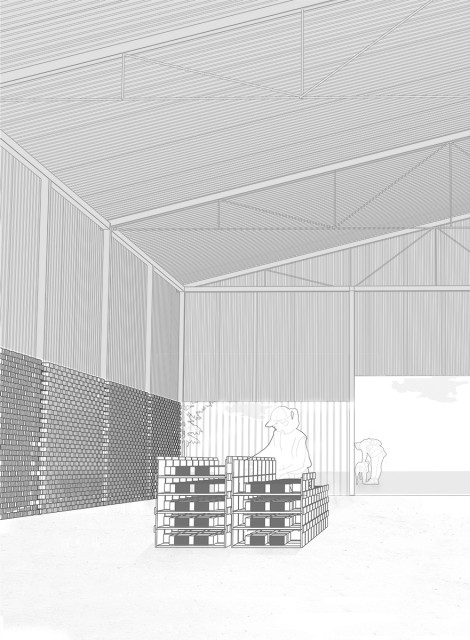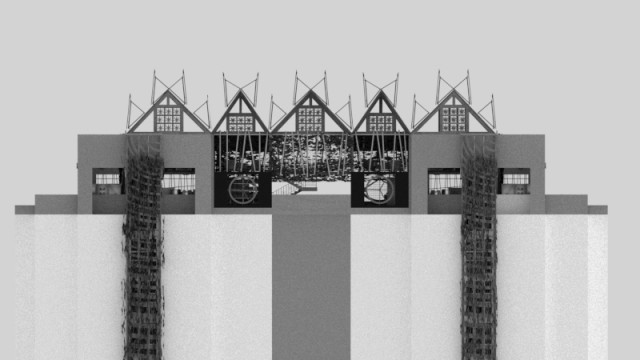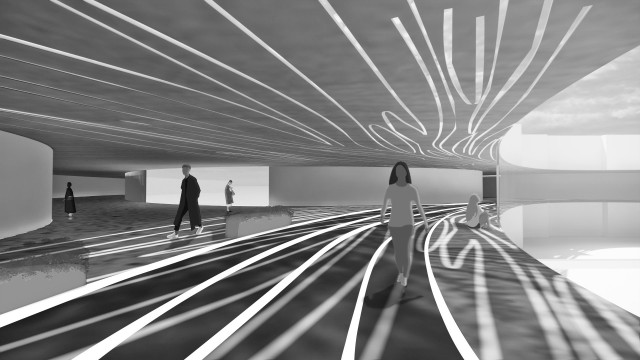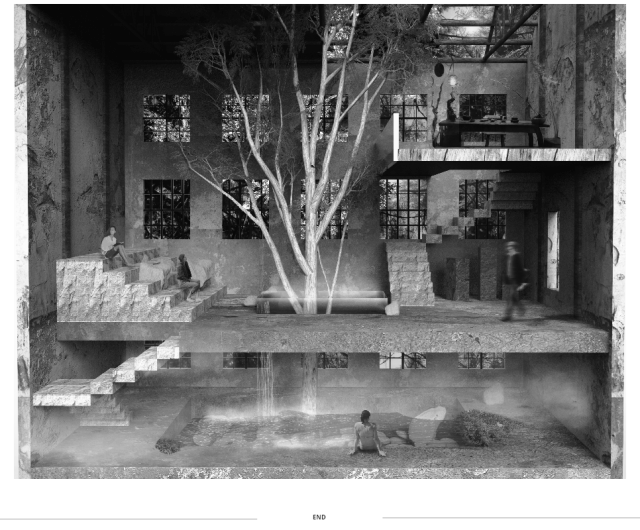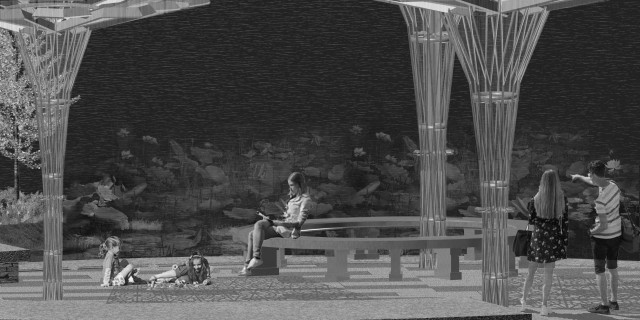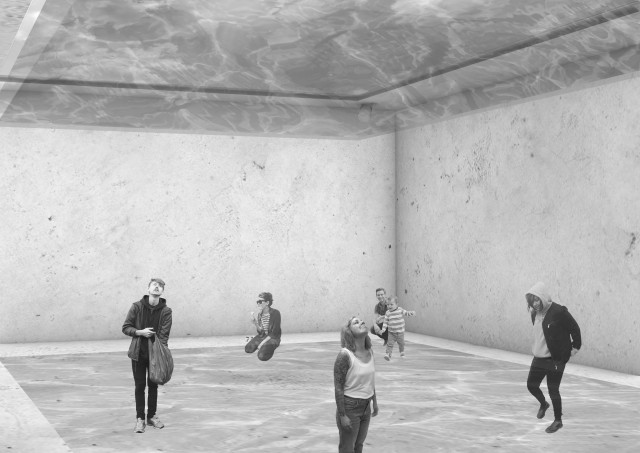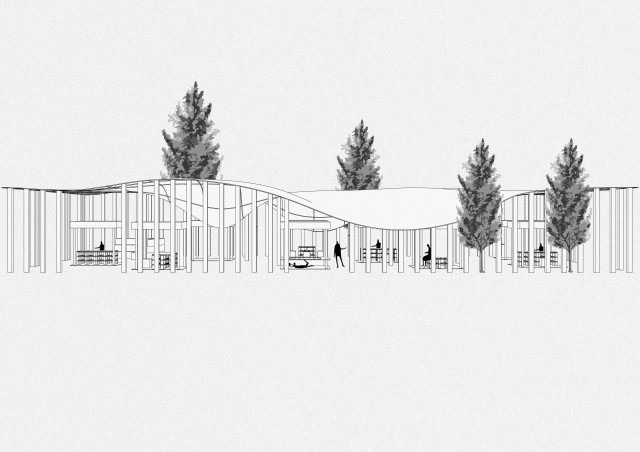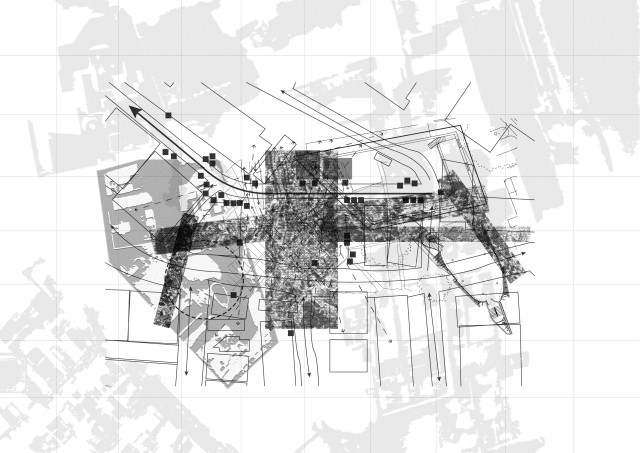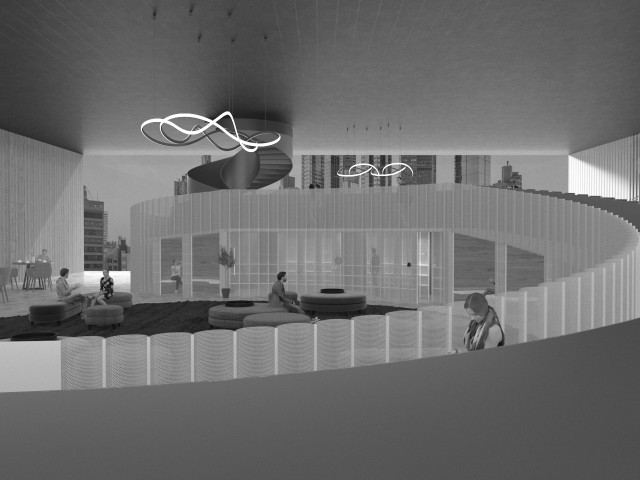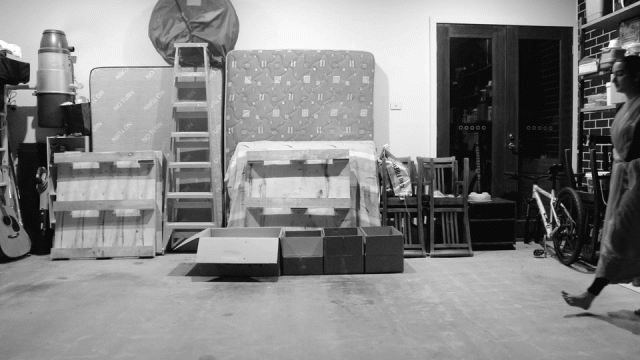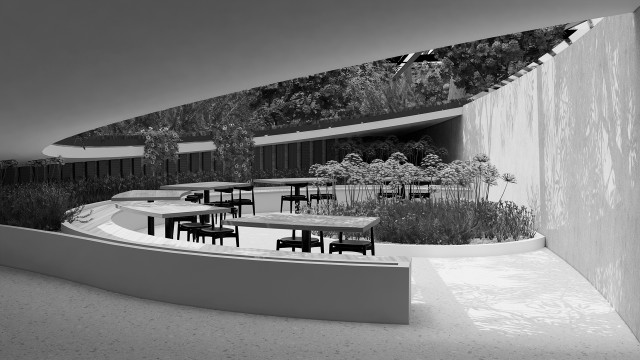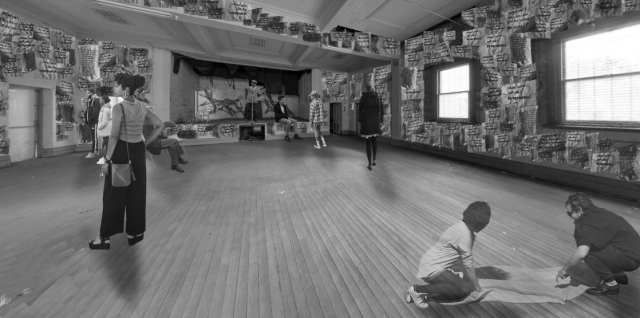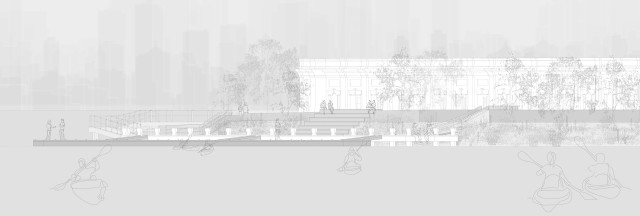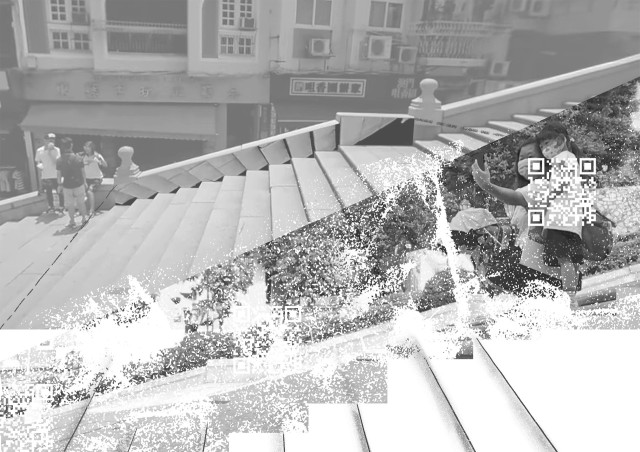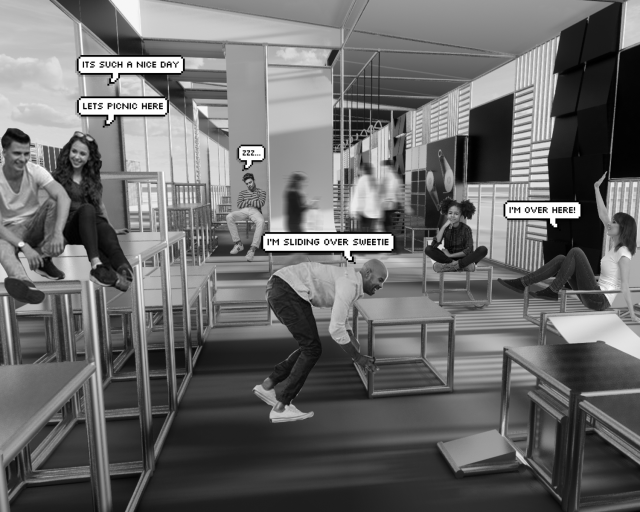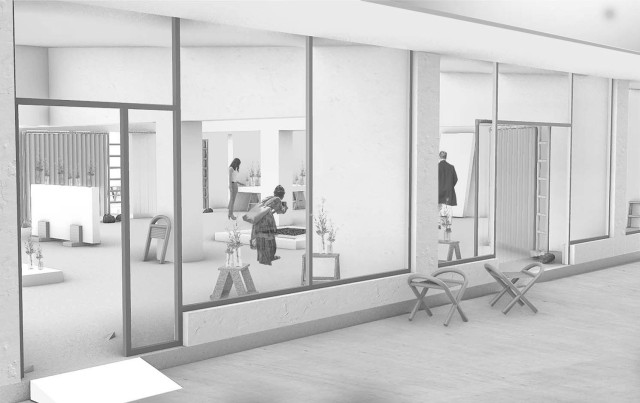Golnaz Mahvi, Profound/An investigation into the identity of surface [×]
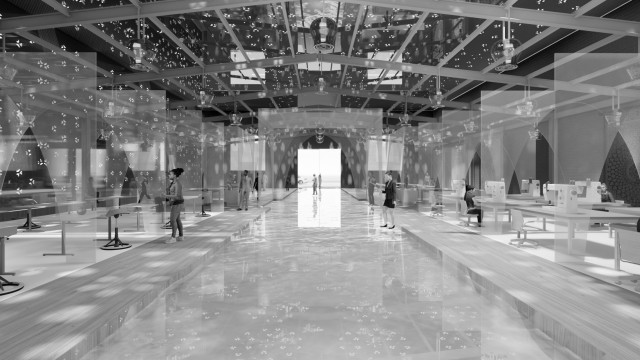
My research question is, how building surfaces may be understood as a new skin that connects the interior and exterior?
My research explores how building surfaces may be understood as a new skin that connects the interior and exterior. As an Iranian-Australian interior designer, I aim to bring my experience of Persian architecture and Australian culture into my Interior design practice. I see the idea of skin and surface as a way to explore these themes.
Natural light is a central concern of Persian architecture and continues to be the main focus of my research. Light from the sun imbues surfaces with change and shifting identity. One characteristic of natural light is its dynamic behaviour, which activates interior spaces and creates impressive and affecting surfaces. I have explored the ever-changing encounters of light interacting with opaque, translucent and reflective surface materials and interiors throughout the year. I have worked particularly with the lotus pattern. I view this encounter as an identity inherited from both Persian and Australian cultures.
For my research project, I have designed a cultural centre based in inner Melbourne for women like myself who have emigrated from Iran to Australia. Drawing on my research, I have developed a porous building surface for the proposed centre that utilises light apertures derived from a repeated pattern of the lotus flower motif, an enduring and significant symbol of femininity from my culture.
My intention is for the building and program to communicate the richness of Persian architecture and contemporary experience as well as to provide educational, economic, and creative opportunities for Persian women. Integral to this ambition is the use of light in this design. The building’s skin- its exterior surface - is an emblem of an emerging identity between the two cultures and between the natural light and interior. The ever-changing light phenomena generated by the lotus apertures combined with Australian materials and context are intended to produce a dynamic and engaging new relationship of both surfaces and identity inherited from Persian and Australian cultures.










